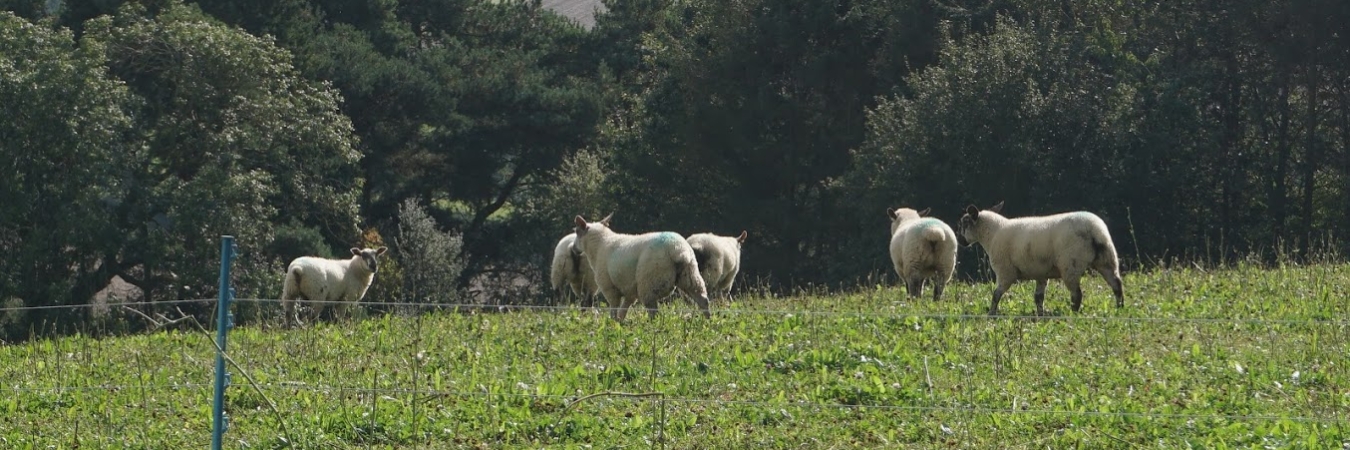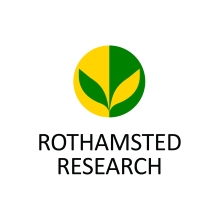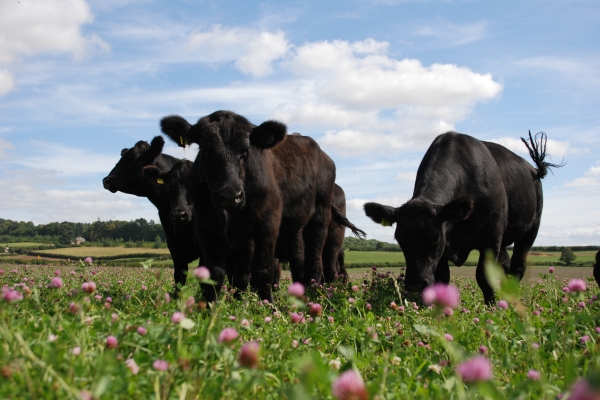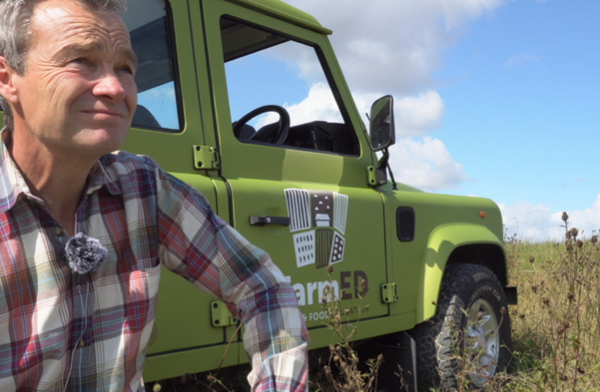Herbal leys – making the green stuff more nutritious
Variety is the spice of life
When we think of a balanced diet, we think of eating a range of foods to give us different benefits. Why should it be any different for livestock? Cattle and sheep also need to get protein, carbohydrates and a range of nutrients from their food, and it’s not easy to get that from a single plant species. At Rothamsted Research we have been researching which plant species should be included in grassland pastures to best provide different nutrients to livestock.
I have been looking at trace minerals (also known as micronutrients) in pasture. Many of these are the same nutrients you will have heard of when looking at your own health – selenium, iron, iodine, zinc. If livestock fail to get these it can lead to poor growth and problems with pregnancy, causing a loss in profit for the farmer, and in extreme cases even serious illness or death.
Giving livestock trace mineral supplements, for example as injections or in a slow-release product that the animals swallow, is possible but it is both costly and runs the risk of overdosing the animals, causing a different set of ill-effects. Getting the right balance is tricky! But it is easier if the trace minerals are consumed as part of the normal diet of the animal.
When grass isn’t (just) grass
What we think of as ‘a field of grass’ is usually a mixture of plants, which may include many different species of grasses, but also legumes (clover is one example) and even forbs (herbaceous species such as chicory). Recently there has been a shift towards pastures containing an increasing number of species – often referred to as herbal leys or multispecies swards.
If managed well, these multispecies swards can produce more livestock feed, and they have environmental benefits such as increasing pollinator species. Also, certain species have additional benefits. For example, plants such as chicory or birdsfoot trefoil act as natural ‘wormers’, reducing parasitic worms in livestock, while species like chicory, ribwort plantain and sainfoin are deep rooting and therefore cope better under drought conditions.
But which plants should we include in our sward to improve the trace minerals for livestock? That’s what I set out to discover. I grew 22 different pasture species, covering a mixture of grasses, clovers and forbs. We know that soil conditions and the way that the pasture is managed affect plants differently, and so we used optimal growth conditions and grew plants individually (rather than in a mixture as they would be in the field) to minimise these effects.
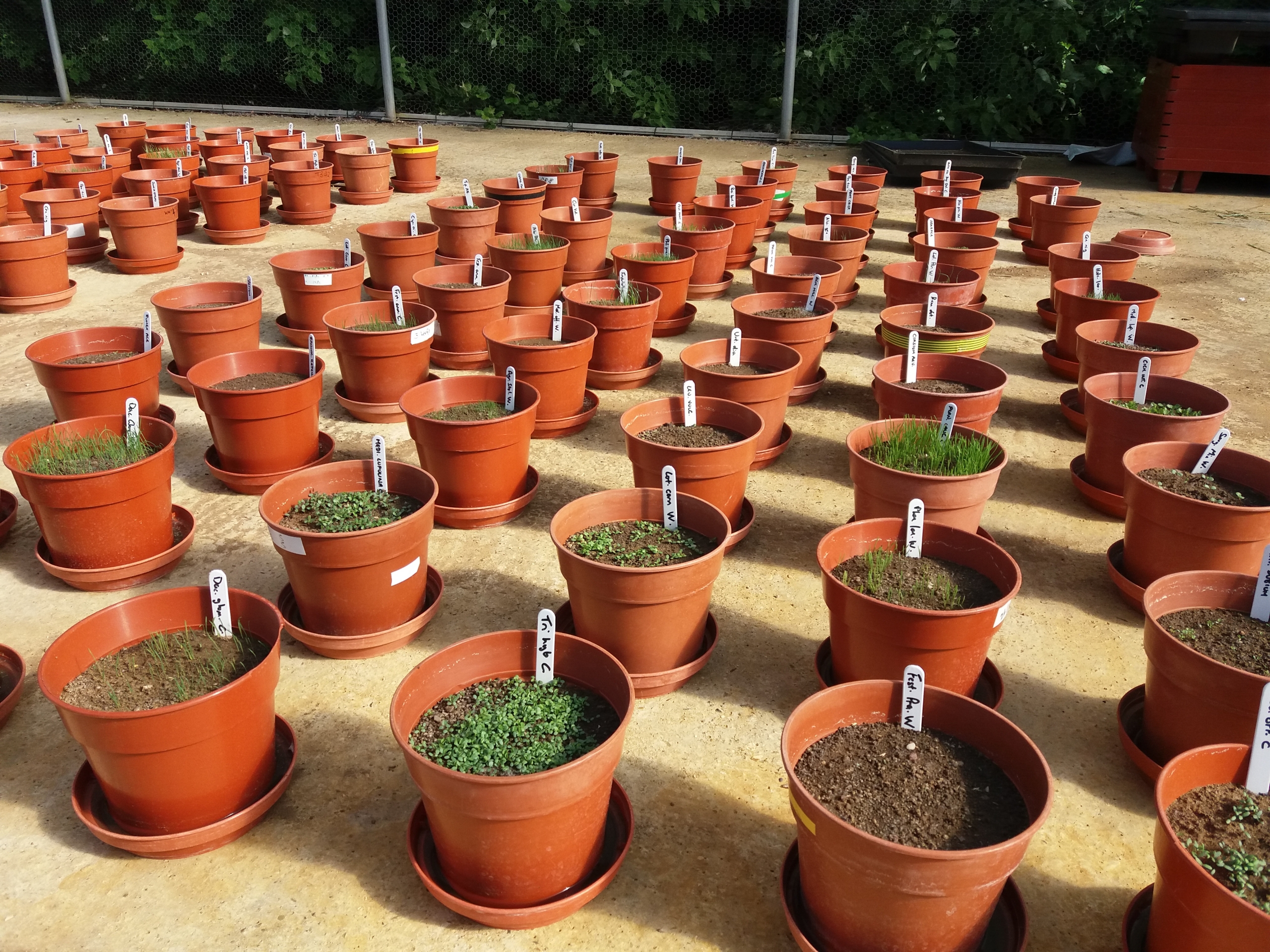
What do livestock want? Just the right balance of nutrients!
I used recommendations for the trace mineral concentrations in livestock feed, produced by the Agricultural and Horticultural Development Board (AHDB), to compare the plant species. Although the aim was to find plant species that would increase the amount of trace minerals in the animal’s diet, some caution is needed. Some trace minerals interact with each other in the body – for example, having too much iron in the diet can stop copper being absorbed – and therefore it’s important to look at the balance of different nutrients.
So, what plants should I sow?
If you want plant species that are good all-rounders for the trace minerals that livestock are most likely to be lacking, you should consider including some of the forbs, yarrow, chicory and ribwort plantain, and the legumes birdsfoot trefoil, yellow trefoil (also known as black medic) and alsike clover.

If you know that the pasture is likely to be lacking a particular trace mineral, it is possible to choose species that are high in that. For example, forbs tend to be high in selenium and iodine concentration, typically two of the elements most likely to be deficient in pasture systems. Likewise, grasses are good at providing manganese, and legumes tend to be high in copper, cobalt and zinc.
Although mineral concentrations are only one consideration in deciding which species to include in a herbal ley, this is valuable new data that farmers and consultants can use to decide between species. We are continuing our research into this topic, for example to see the consistency of these results across different soil types, and how these work in a mixed sward.
Find the full paper at The Mineral Composition of Wild-Type and Cultivated Varieties of Pasture Species. Any questions? Contact me at tegan.darch@rothamsted.ac.uk
Tegan Darch writes of herself “I’ve been working as a researcher at the North Wyke (Devon) site of Rothamsted Research for over a decade now, after joining for what I thought would be just a summer student project! As an organisation we’re producing scientific evidence to determine the most sustainable farming systems – for the farmer, the environment, and the consumer, and our site has a focus on livestock and pasture agriculture. My research mainly focuses on nutrients (phosphorus, trace minerals) in soils and herbage. For example, how much fertilizer should be applied, and how can we ensure that plants get the maximum benefit from it? I was lucky enough to grow up on a livestock farm, and after studying for a science degree I got interested in soil health, and this led me back round to working in agricultural research. I understand the financial and practical realities of farming and want to find the sustainable farming practices that are win-win for the environment and for businesses. I’m always excited to work with farmers and advisors to understand how my research can help them, and the questions they want answers to.”
Photos within main body of the blog by Tegan Darch, Rothamsted Research © CC-BY
